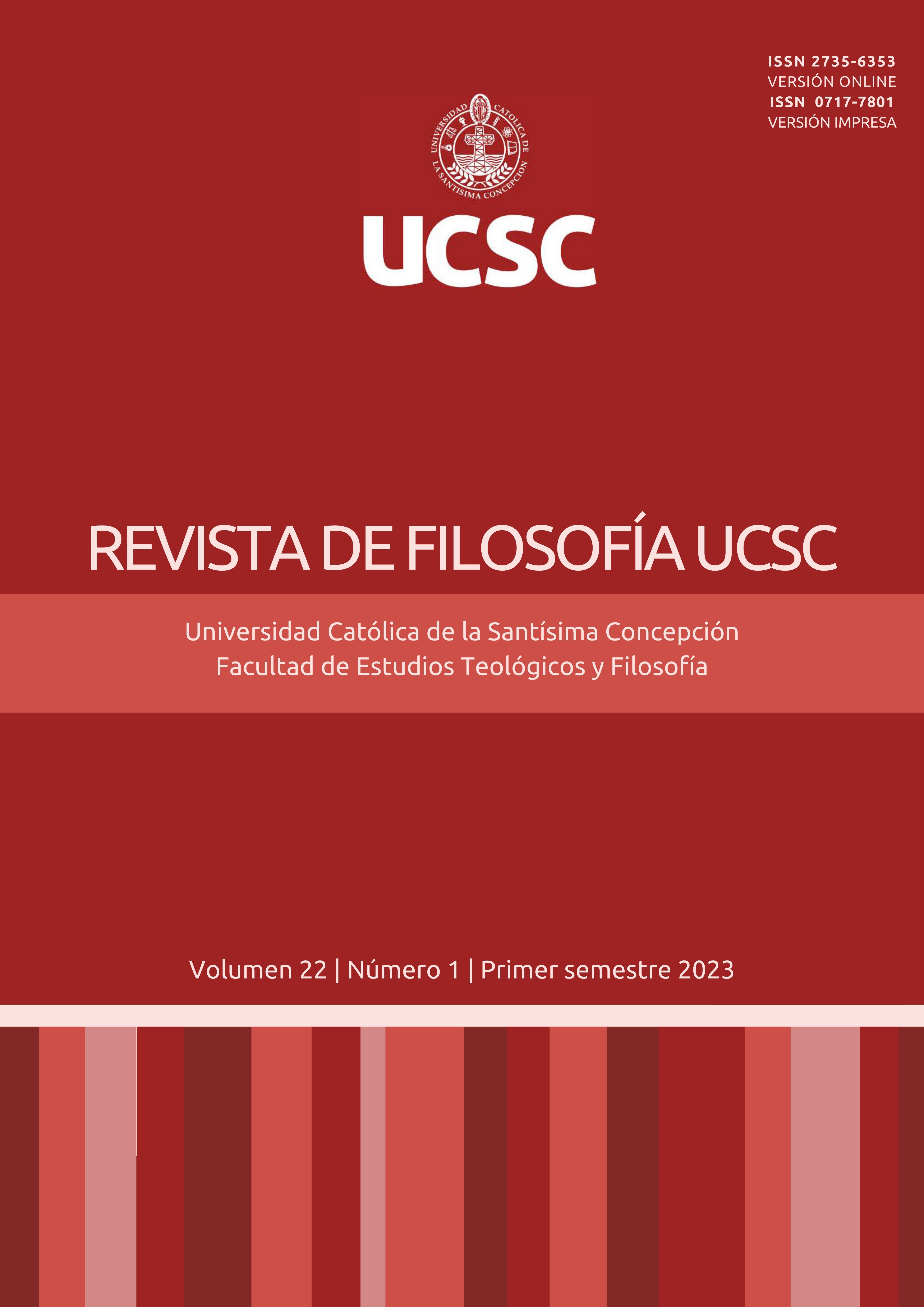Intersubjective judgments. Some similarities in Sant, Smith and Arendt
Main Article Content
Abstract
In this article I will focus on the possible similarities between the structure of the aesthetic judgment of Kant's Critique of Judgment (1790) and the structure of moral judgment in Adam Smith's Theory of Moral Sentiments (1759). Hannah Arendt in her Lectures on Kant's Political Philosophy (1970) takes the structure of the Kantian aesthetic judgment and applies it in the field of politics, so that a moral dimension emerges as a consequence (i.e. Arendt seeks to regulate political action with scope morals). I will examine the structure of the Kantian aesthetic judgment and I will to investigate the similarities they have with the structure of the Smithian moral judgment, in order to examine to what extent Smith would help to broaden and deepen Arendt's philosophical project. It seems that Smith is close to the Arendtian project. I will propose that the structure of the Kantian aesthetic judgment, the Arendtian political judgment and the Smithian moral judgment are all intersubjective judgments, that is, they are judgments that need to be contrasted with the others. The three judgments judge the particular from the perspective of an impartial spectator thanks to the faculty of the imagination.
Article Details
Section

This work is licensed under a Creative Commons Attribution-NonCommercial 4.0 International License.
The Revista de Filosofía UCSC is an open access journal and does not charge for publication. In addition, it regulates its Copyright and access policy according to the Creative Commons Attribution-NonCommercial 4.0 International Public License (CC BY-NC 4.0), therefore sharing (reproducing and distributing the material in any medium or format) and adaptation (modifying, transforming, and creating from the material) is allowed as long as proper credit is given and the citation is included with the corresponding data. Moreover, it is not allowed to use the material for commercial purposes.
How to Cite
References
Arendt, H. (1989) Crisis de la república. Versión española de Guillermo Solana. España: Editorial Taurus.
Arendt, H. (1996) Between Past and Future. Eight Exercises in Political ought. New York: Penguin Classics, 1996.
Arendt, H. (2002) La vida del espíritu. Barcelona: Editorial Paidós.
Arendt, H. (2005) “El pensar y las consideraciones morales.” De la historia a la acción. Trad. Fina Birulés. Buenos Aires: Paidós, pp. 109-137.
Arendt, H. (2009) Conferencias sobre la filosofía política de Kant. Introducción y edición a cargo de Ronald Beiner. Buenos Aires: Editorial Paidós.
Benhabib, S. (2006) El Ser y el Otro en la ética contemporánea. Barcelona: Gedisa Editorial.
Birulés, F. (2015) Entreactos. Madrid: Katz Editores.
Carrasco, M. (2009). “De Hutcheson a Smith: Un sentimentalismo sofisticado”. Revista de filosofía, 65, 81-96.
Carrasco, M. (2010). “Adam Smith como filósofo politico y moral: un debate abierto”. Revista Empresa y Humanismo. XIII, pp. 9-15.
Darwall, S. (2006) Second Person Standpoint. Cambridge: Harvard University Press.
d’Entreves, M. (2018) “Hannah Arendt”, The Stanford Encyclopedia of Philosophy, Edward N. Zalta (ed.), URL = <https://plato.stanford.edu/archives/fall2018/entries/arendt/>.
De Zan (2001). Filosofía y política en Hannah Arendt. Cuad. Sur, Filos. [online], n.31-32, pp. 11-36 . Disponible en: <http://bibliotecadigital.uns.edu.ar/scielo.php?script=sci_arttext&pid=S1668-74342001001100002&lng=es&nrm=iso>. ISSN 2362-2989.
Ferrada, A. (2008) La fuerza del ejemplo. Exploraciones del paradigma del juicio. Barcelona: Gedisa Editorial.
Fleischacker, S. (1999) A Third Concept of Liberty: Judgment and Freedom in Kant and Adam Smith. Princeton: Princeton University Press.
Griswold, C. (1999), Adam Smith and the Virtues of Enlightenment. Cambridge: Cambridge University Press.
Haakonssen, K. (2006) The Cambridge Companion to Adam Smith. Cambrige University Press.
Haakonssen, K. (1998) The Science of the Legislator. The Natural Jurisprudence of David Hume and Adam Smith. Cambridge: Cambridge University Press, 1998.
Kant, I. (1902ss) Kant’s gesammelte Schriften, hrsg. von der Königlich Preussischen, bzw. der Deutschen Akademie der Wissenschaften, Berlín et alia.
(1991) Crítica de la facultad de juzgar [Kritik der Urteilskraft, 1790], traducción, introducción, notas e índices por Pablo Oyarzún. Venezuela: Monte Ávila Editores.
(2003). KrV: Kritik der reinen Vernunft. Herausgegeben von J. Timmermann. Hamburg: Felix Meiner.
(1968) Selected Pre-Critical Writings, Nueva York, Barnes and Noble.
Lyotard, J. (2009) Enthusiasm: The Kantian Critique of History. Stanford University Press.
Sen, A. (2014) La idea de la justicia. Madrid: Editorial Taurus.
Smith, A. (primera edición 1759). The Theory of Moral Sentiments, editado por Raphael, D. D. y Macfie, A. L., Indianapolis: Liberty Fund, 1982.
Smith, A. (2011) La teoría de los sentimientos morales. Edición de Carlos Rodríguez Braun. España: Alianza Editorial.
Ujaldón, E. (2004). “Hannah Arendt, lectora de Kant: una crítica smithiana”. Daimon. Revista de Filosofía, nº33, 2004, pp. 211-222.




